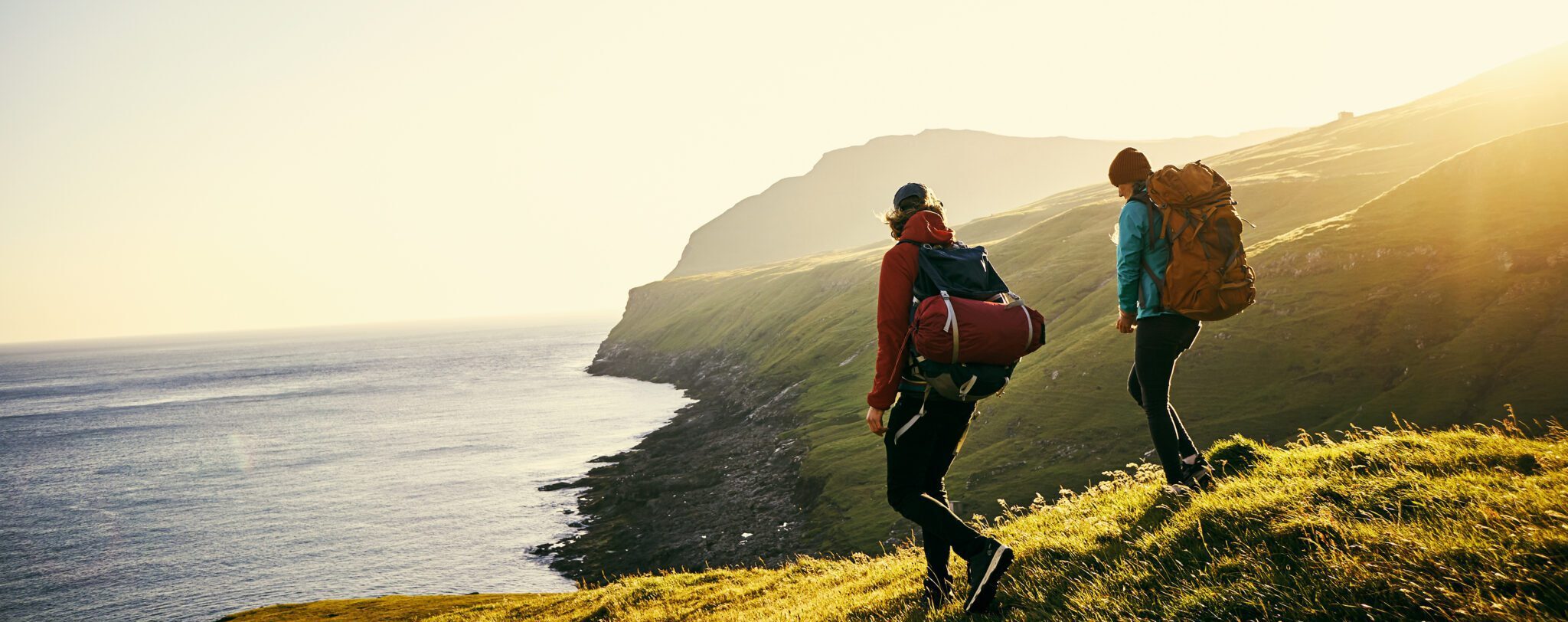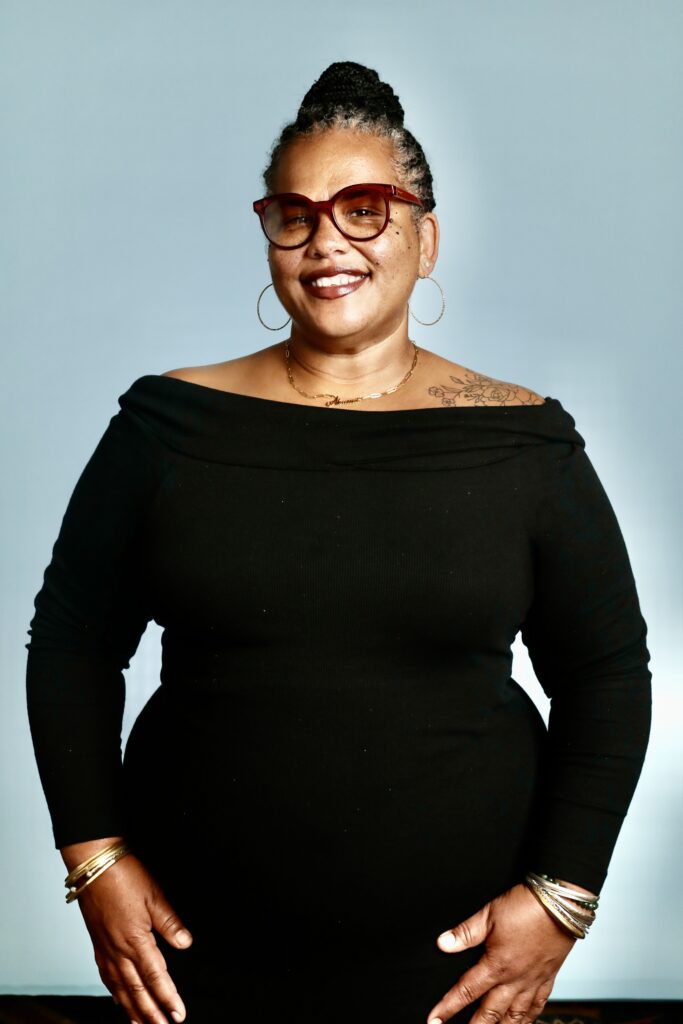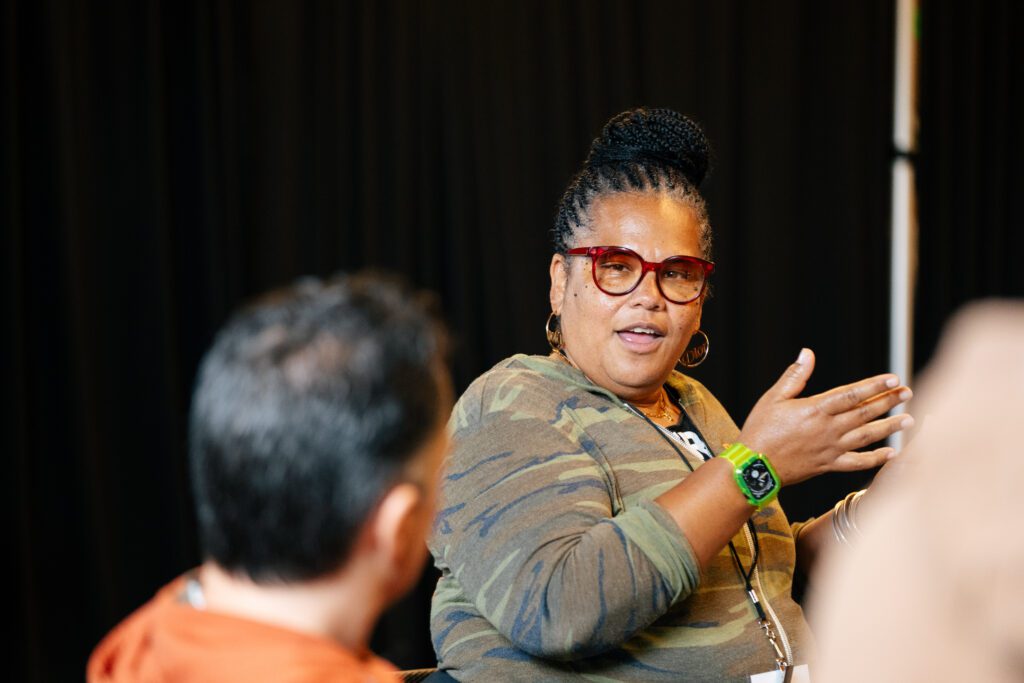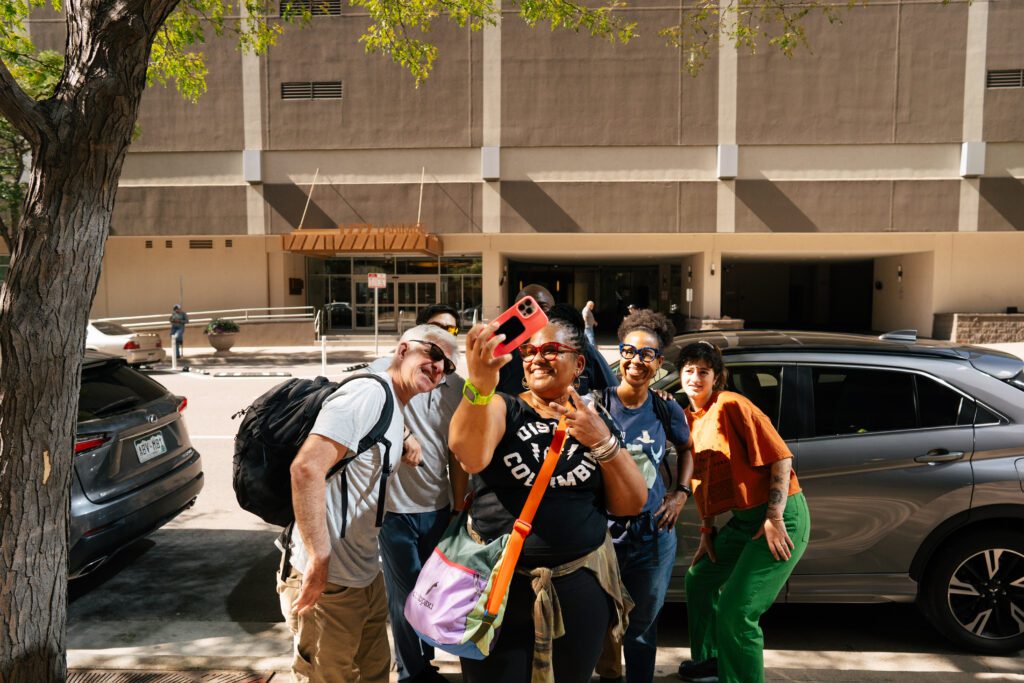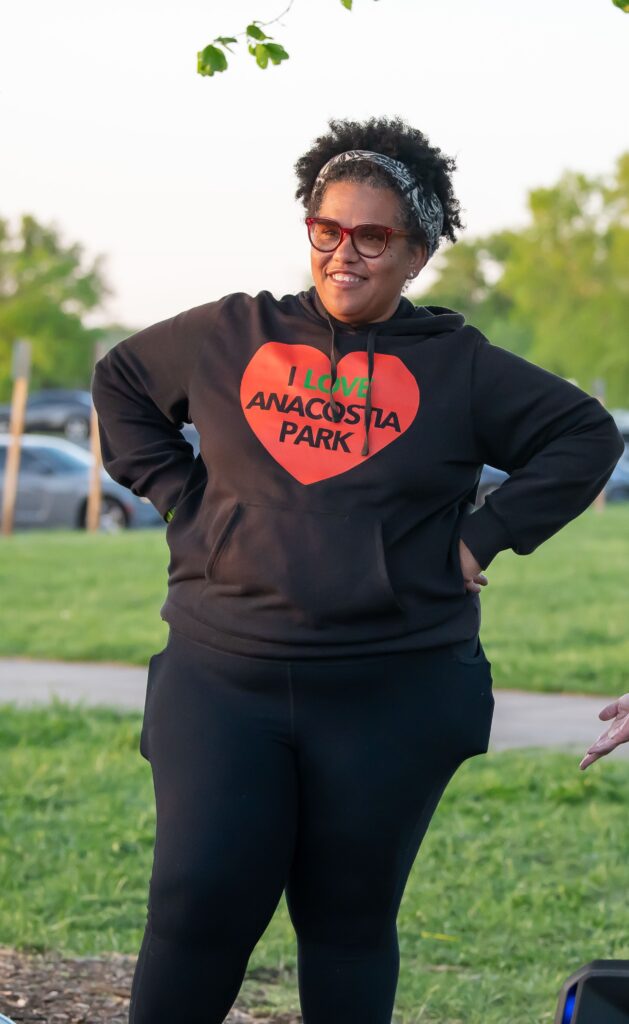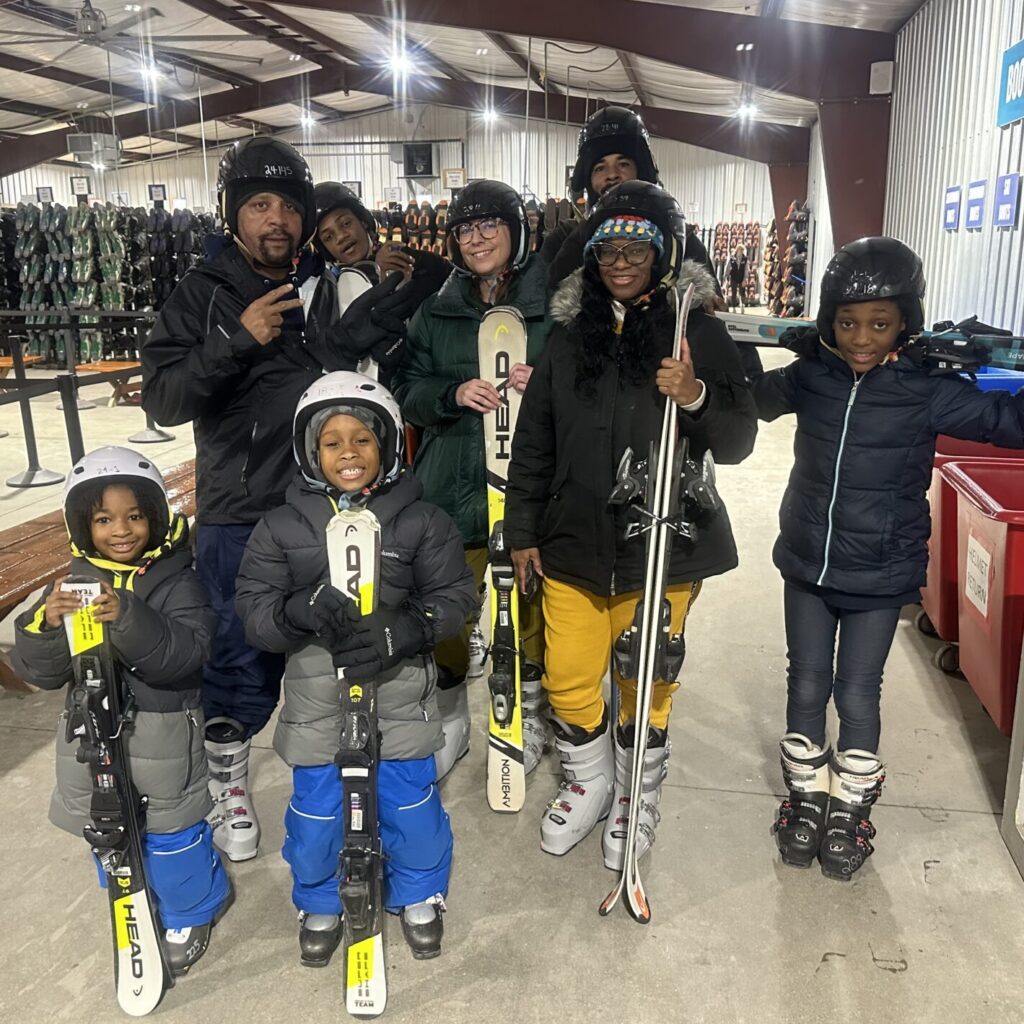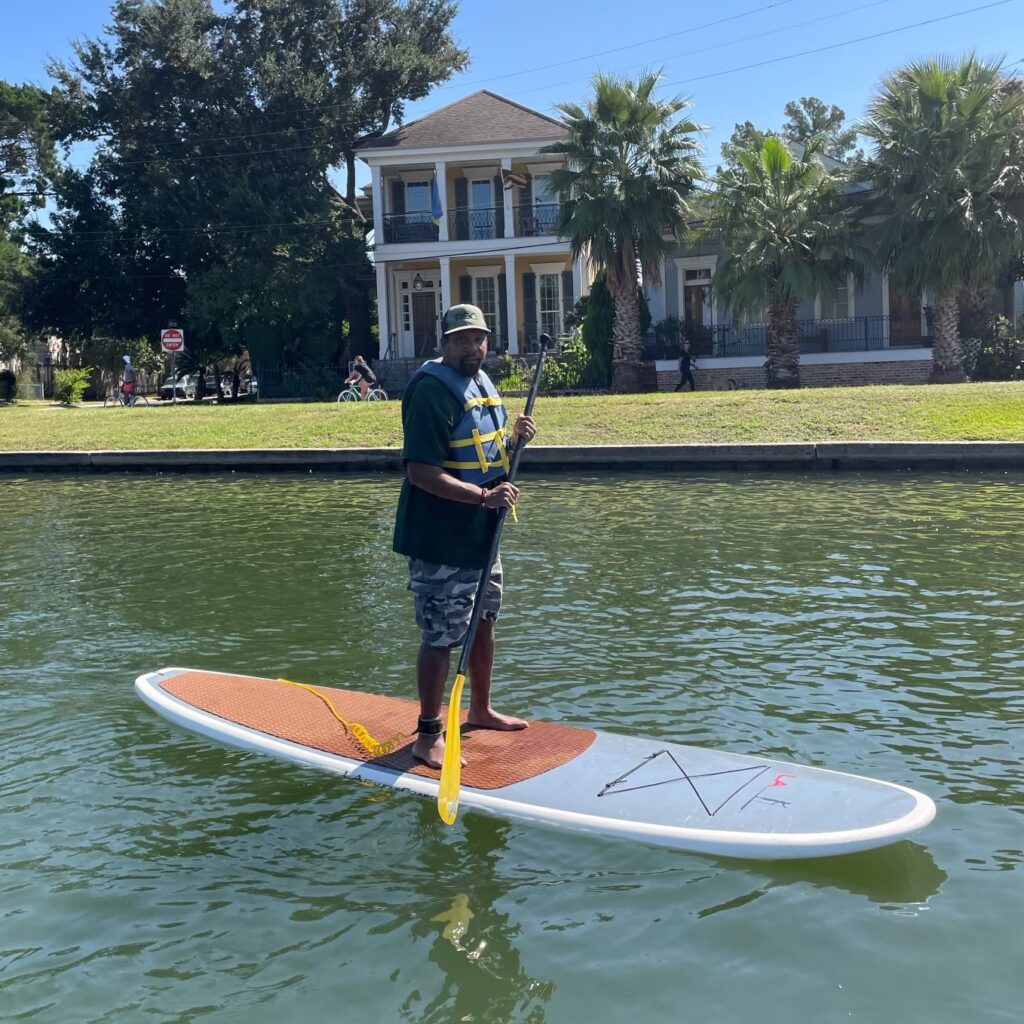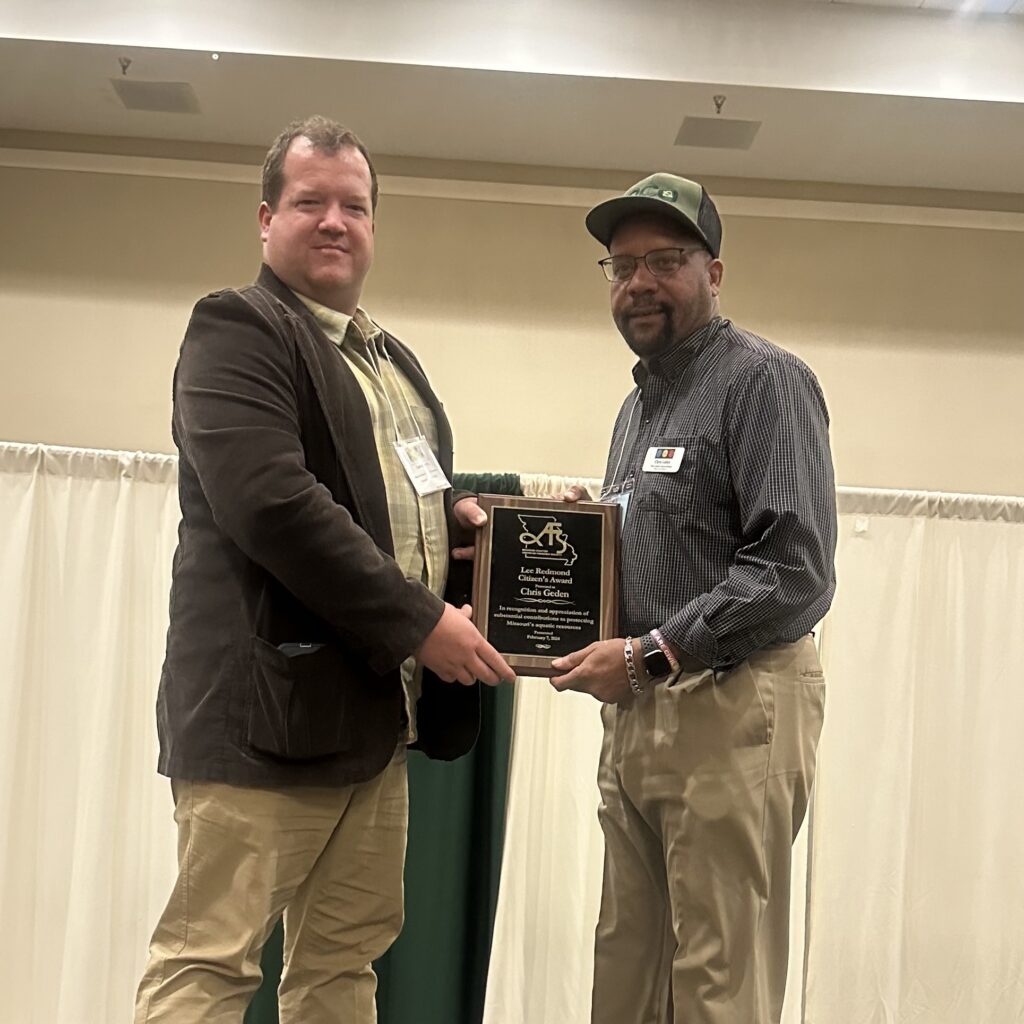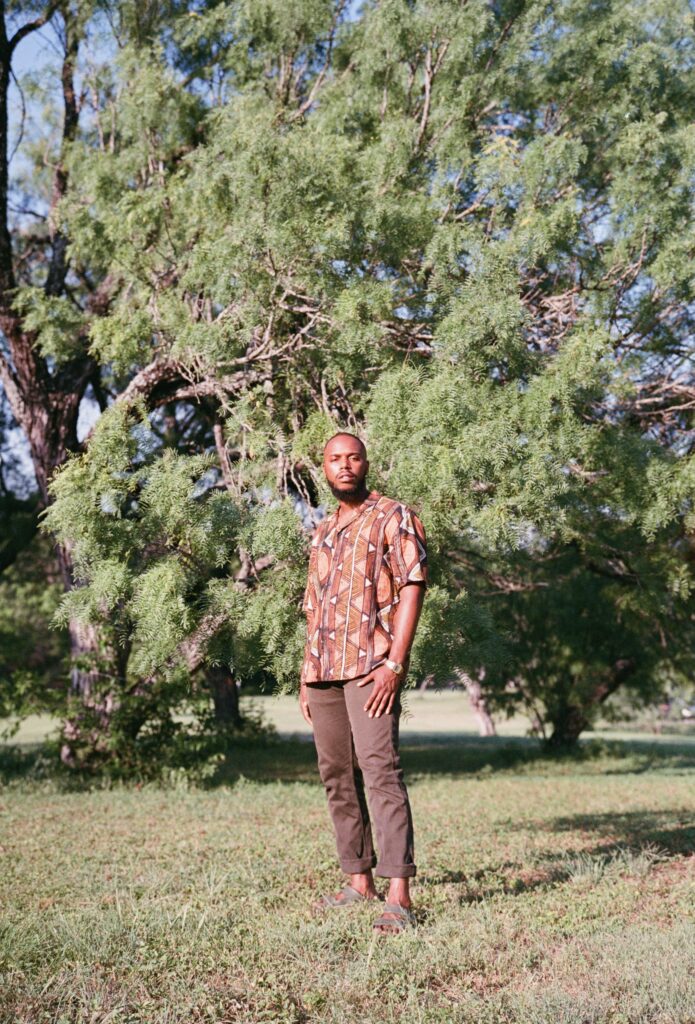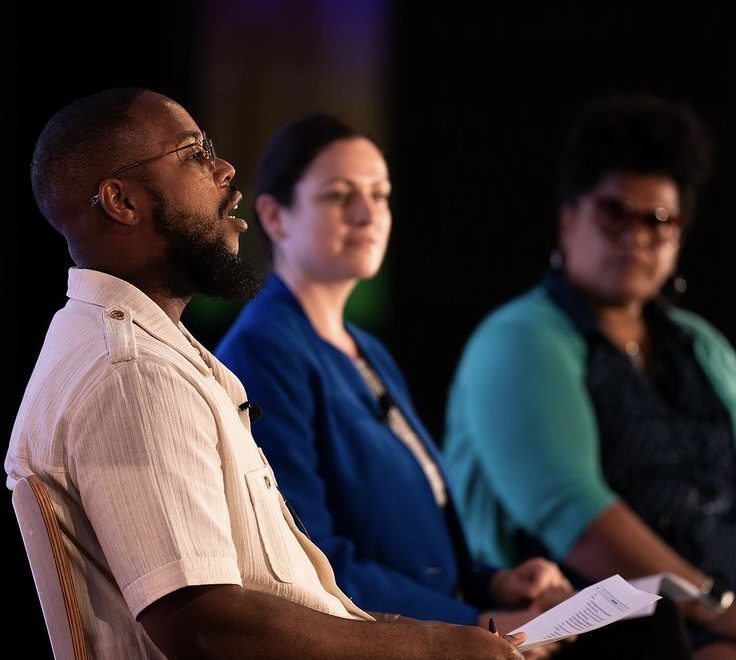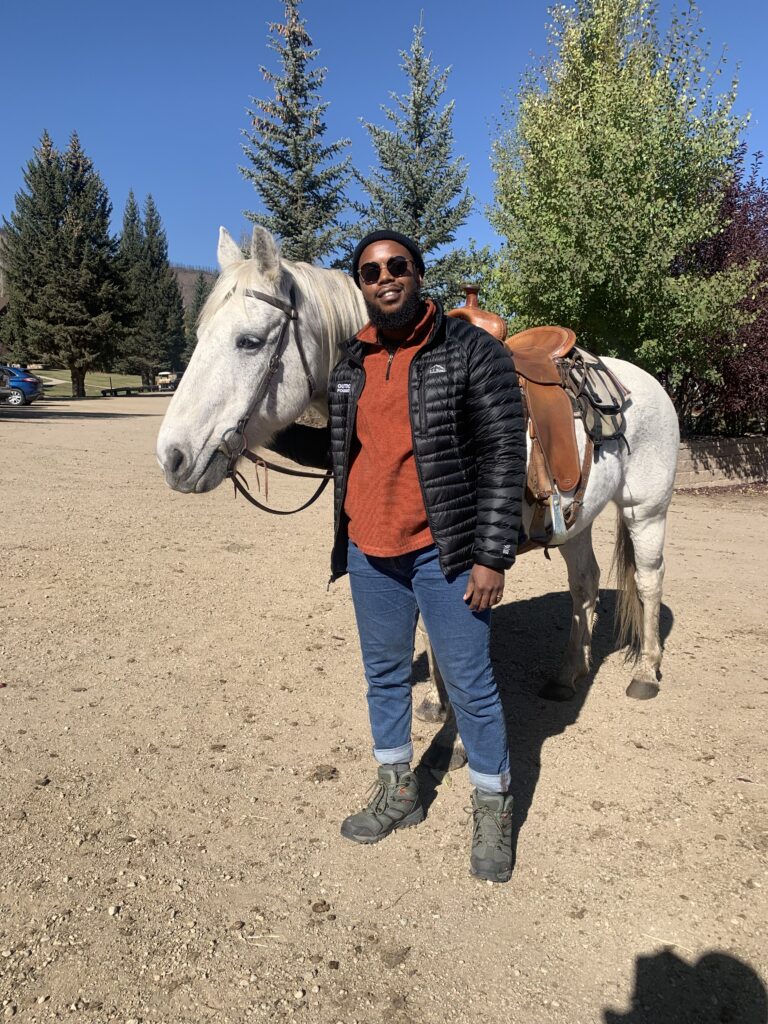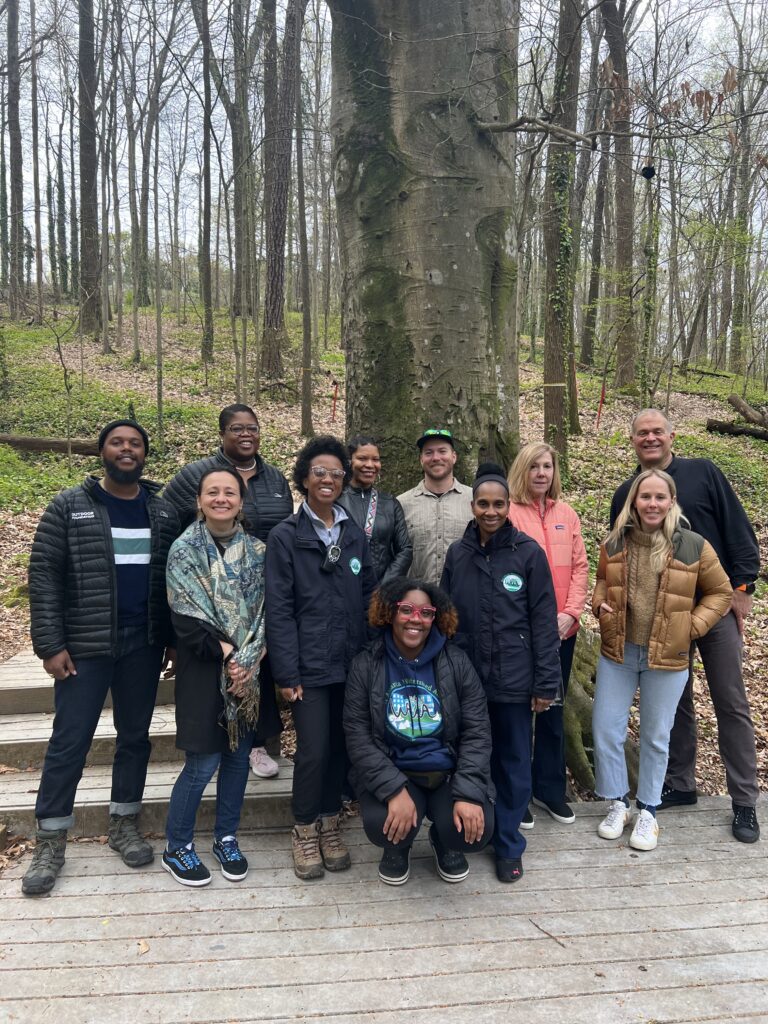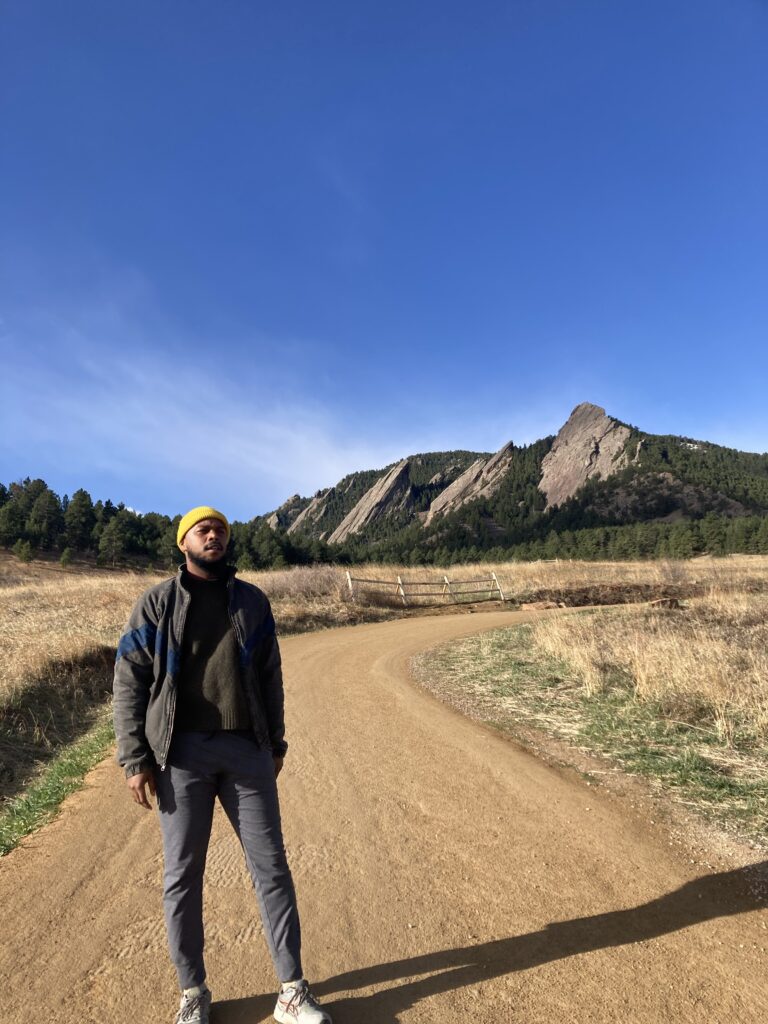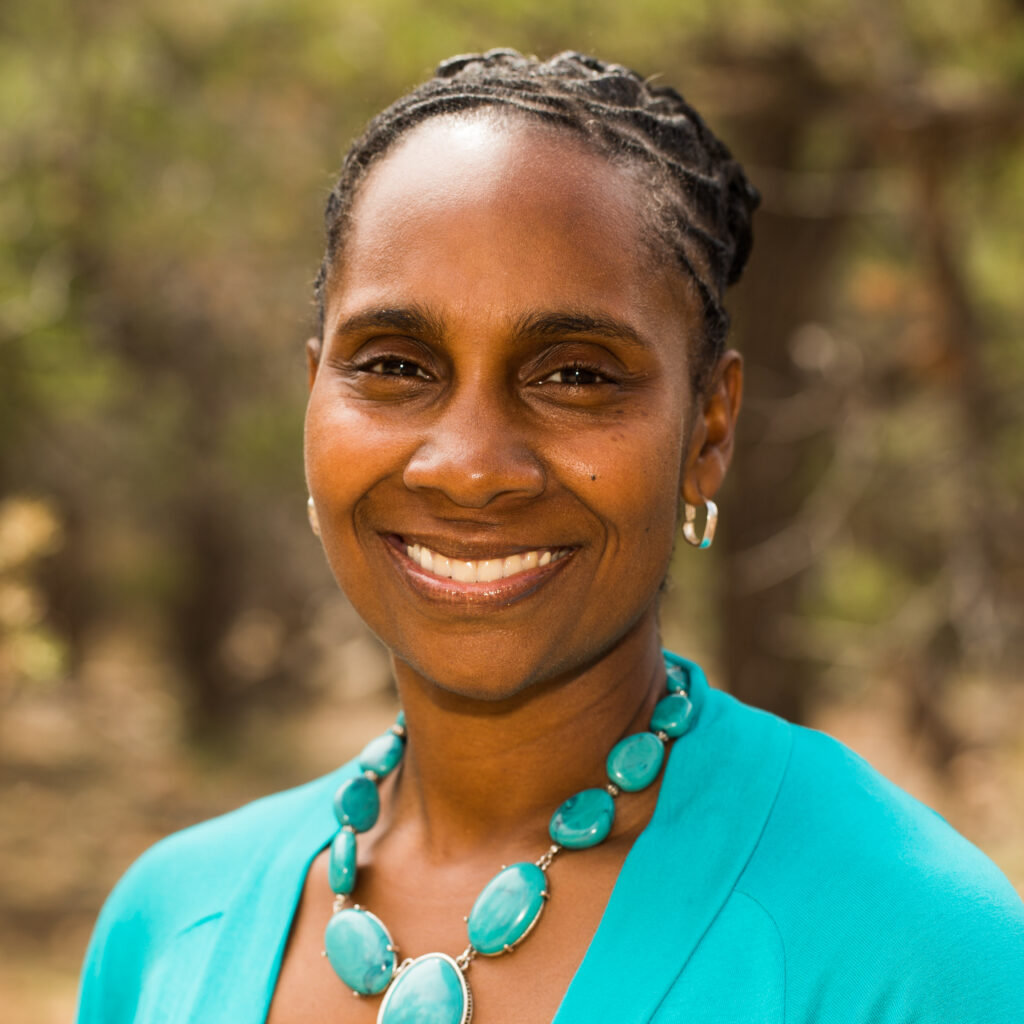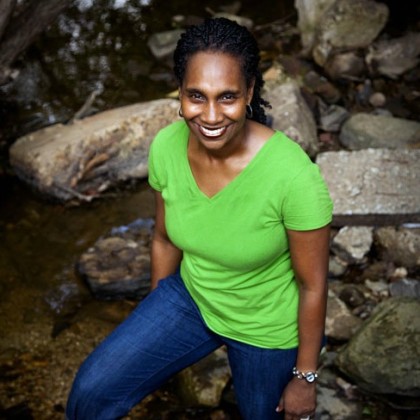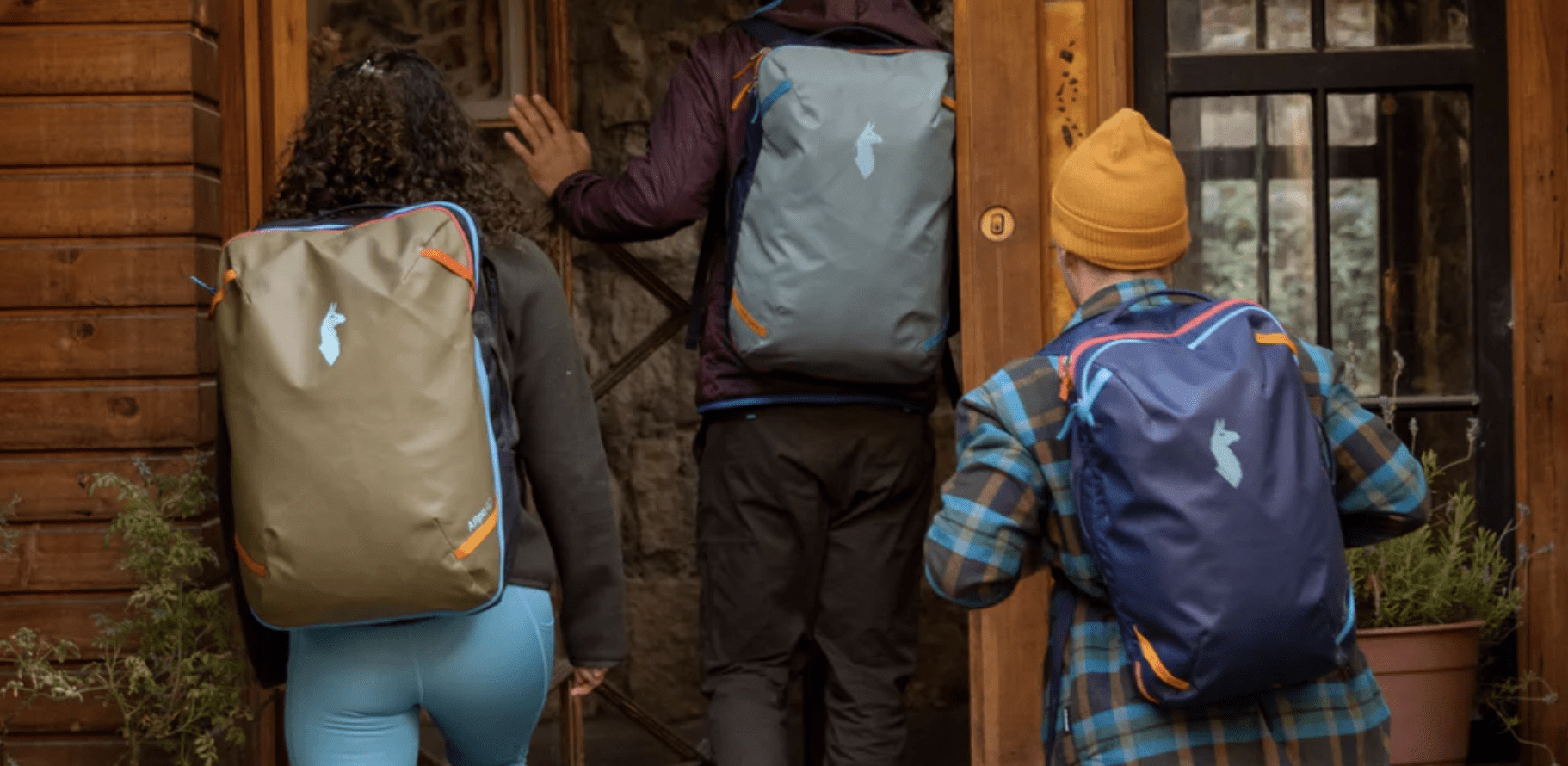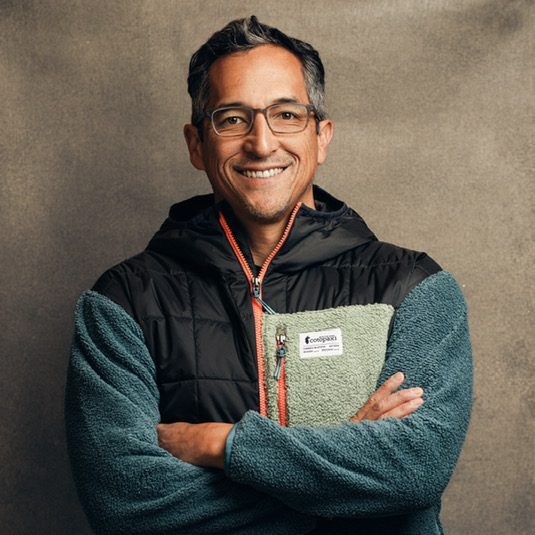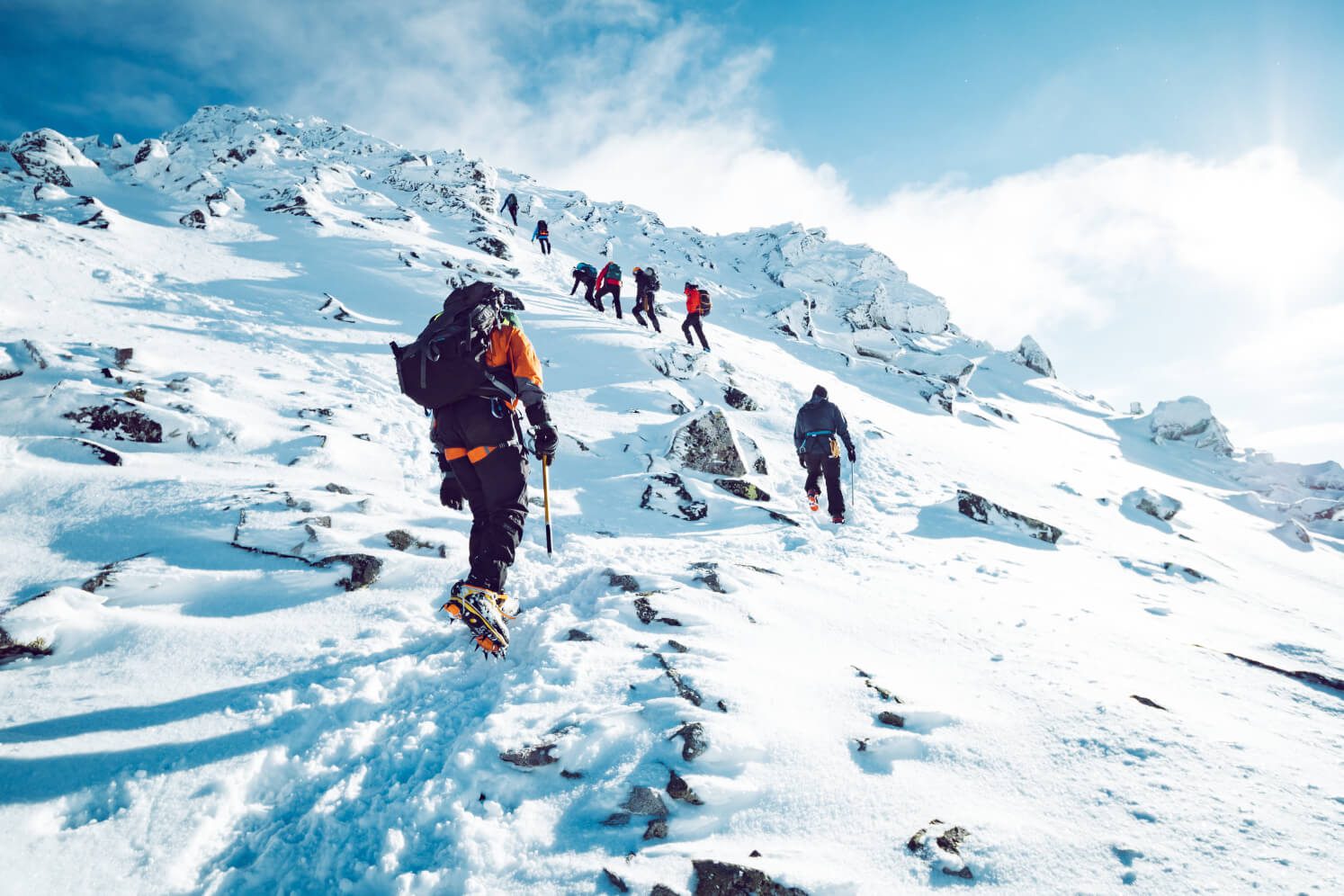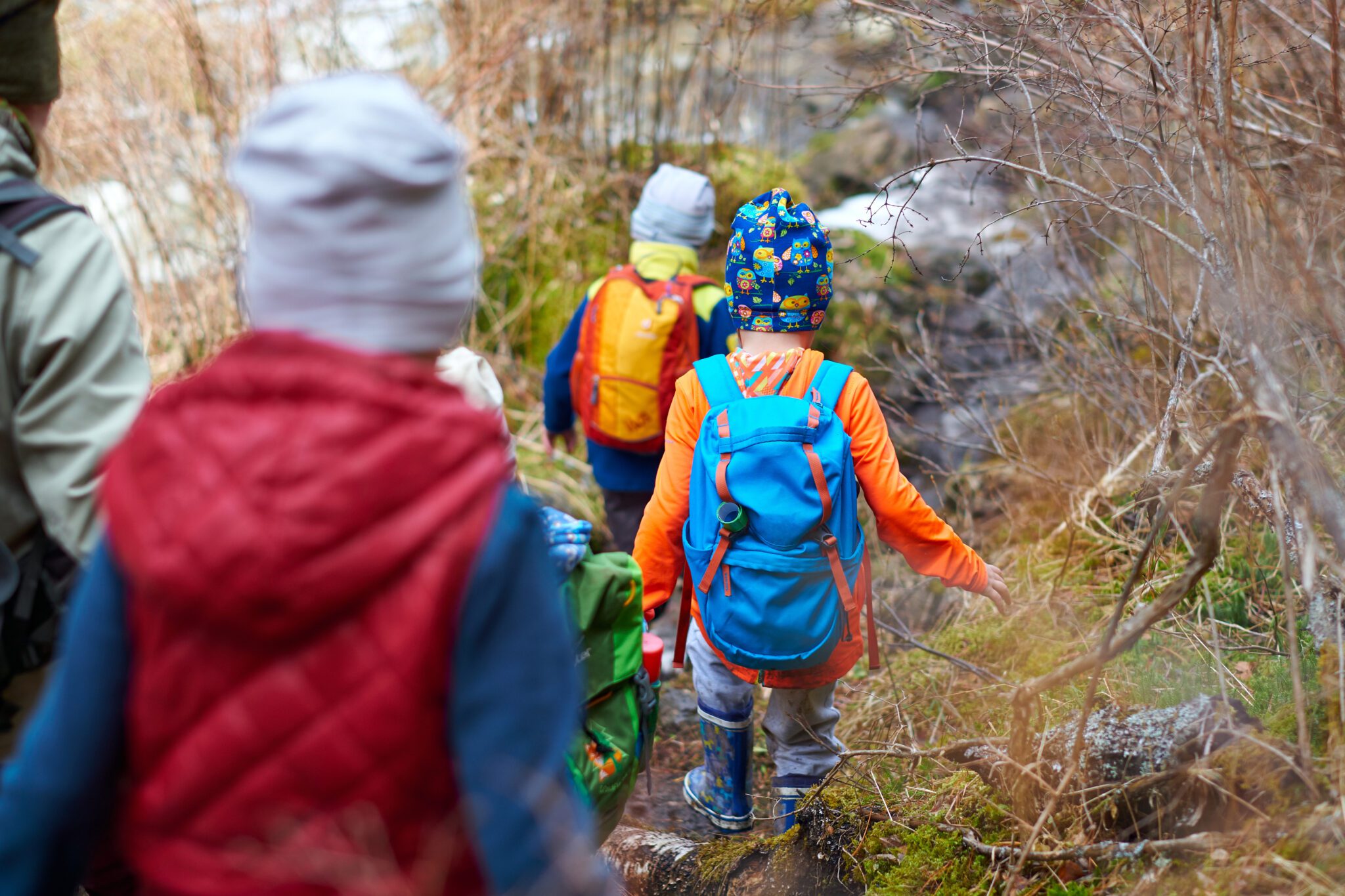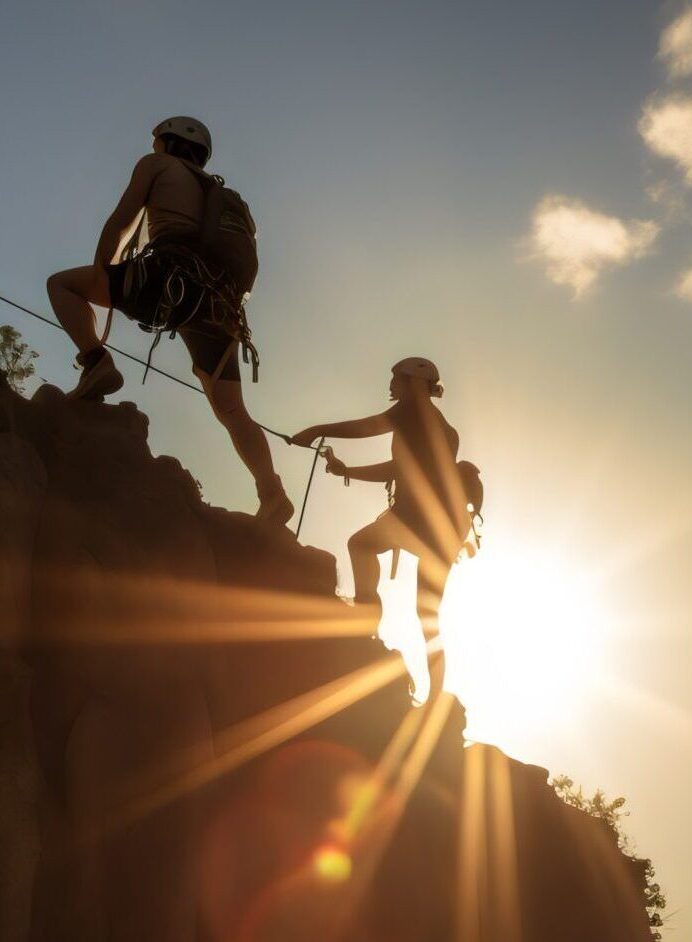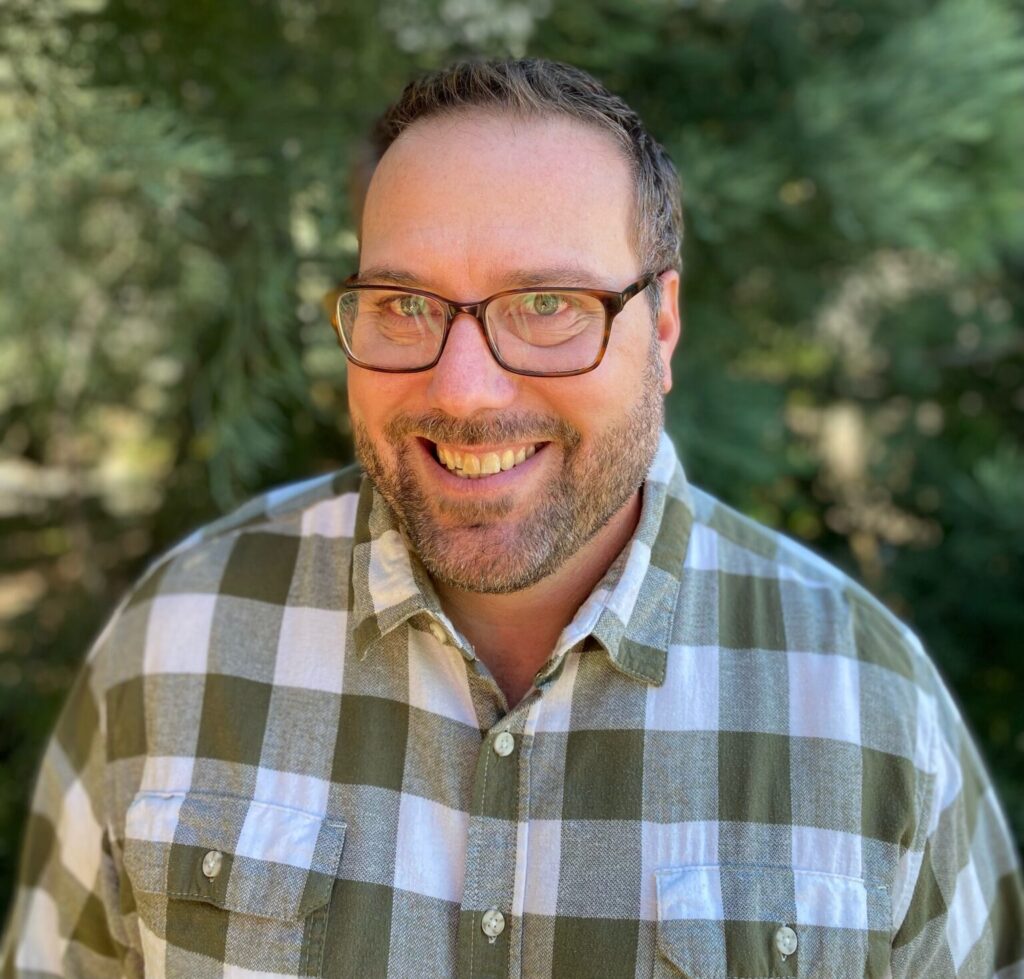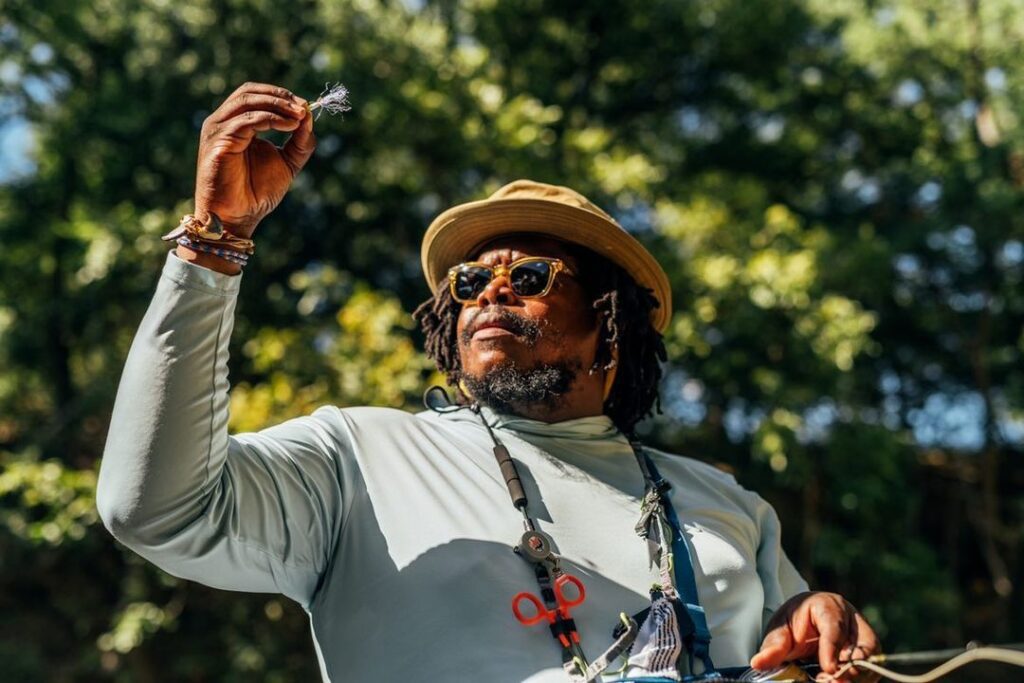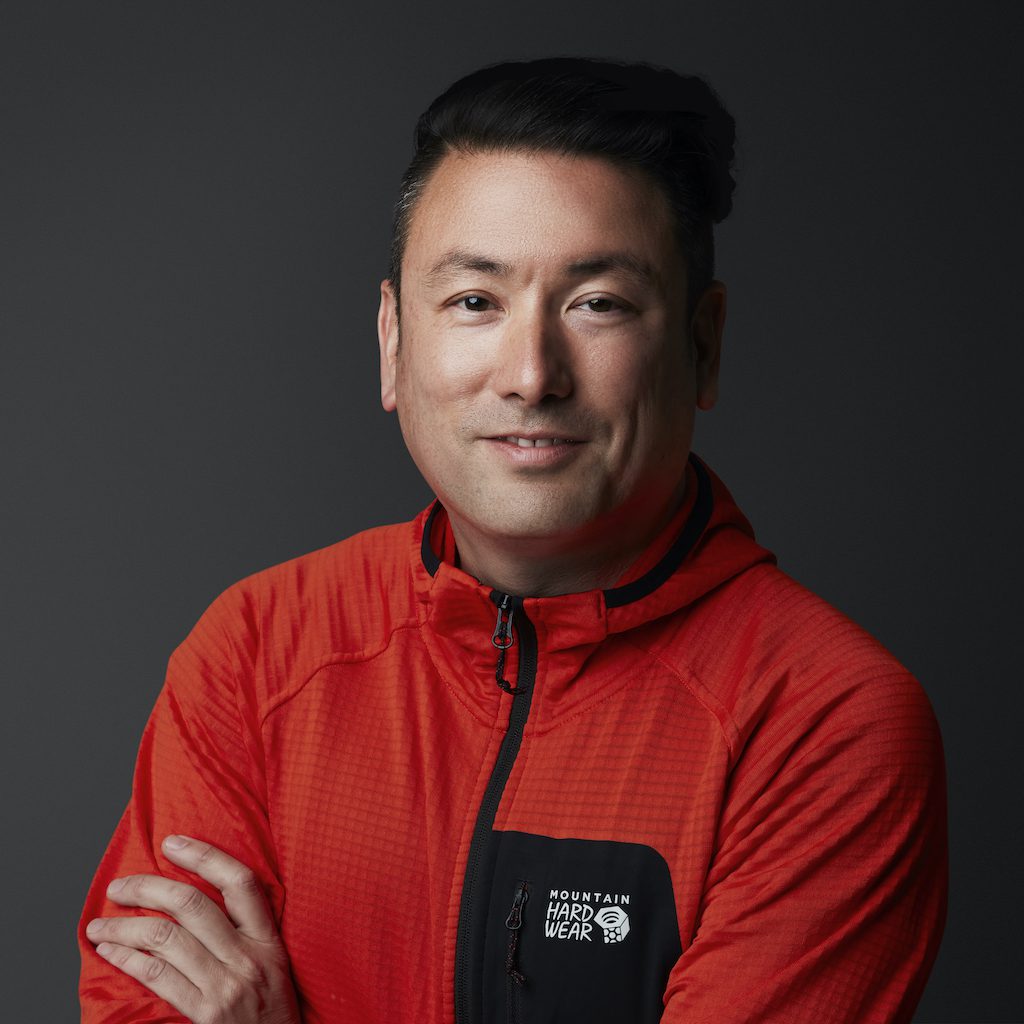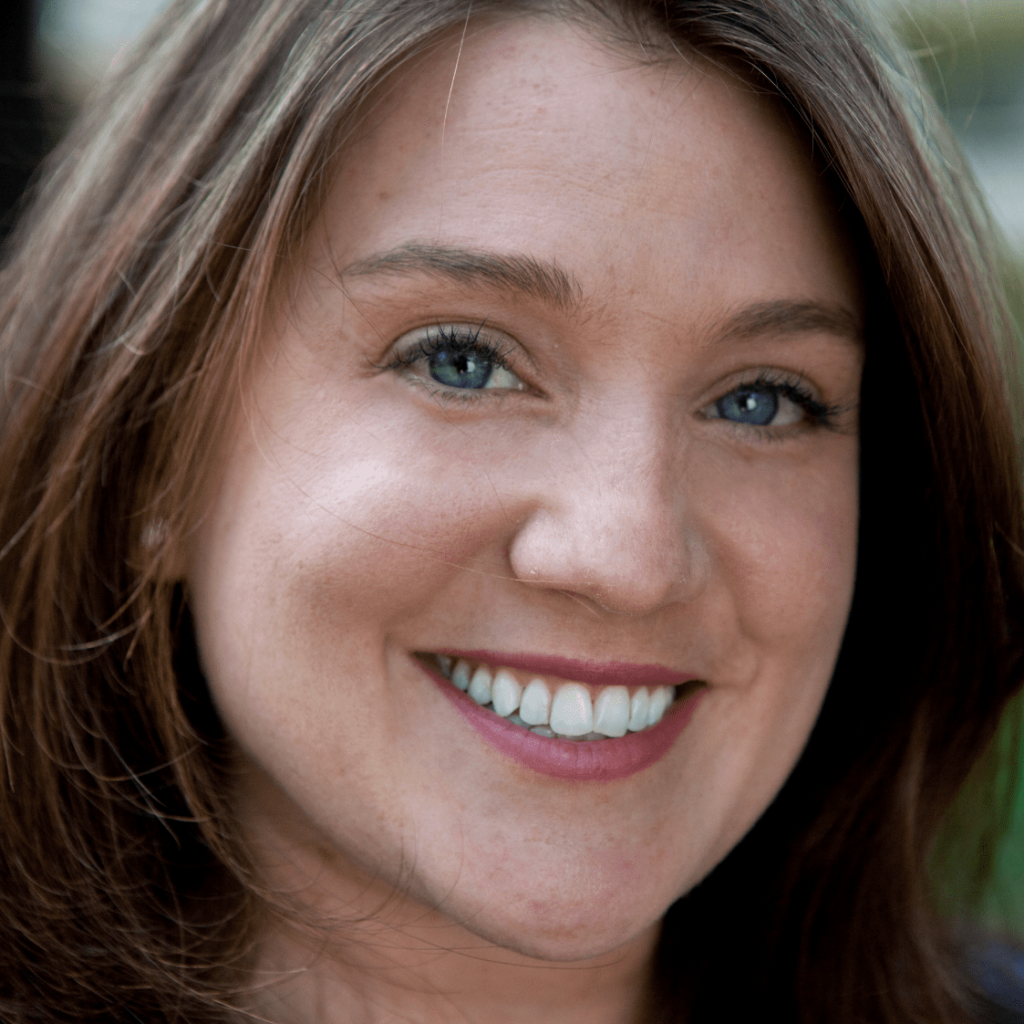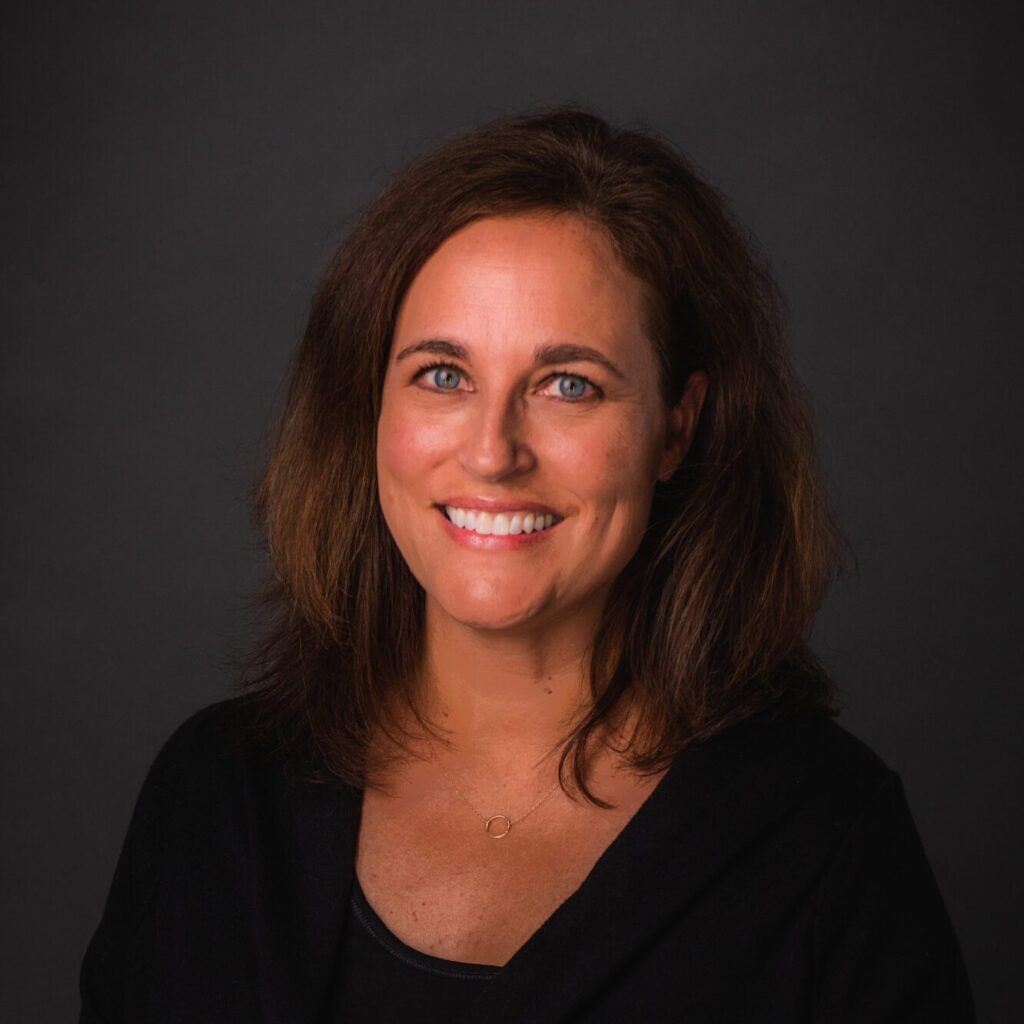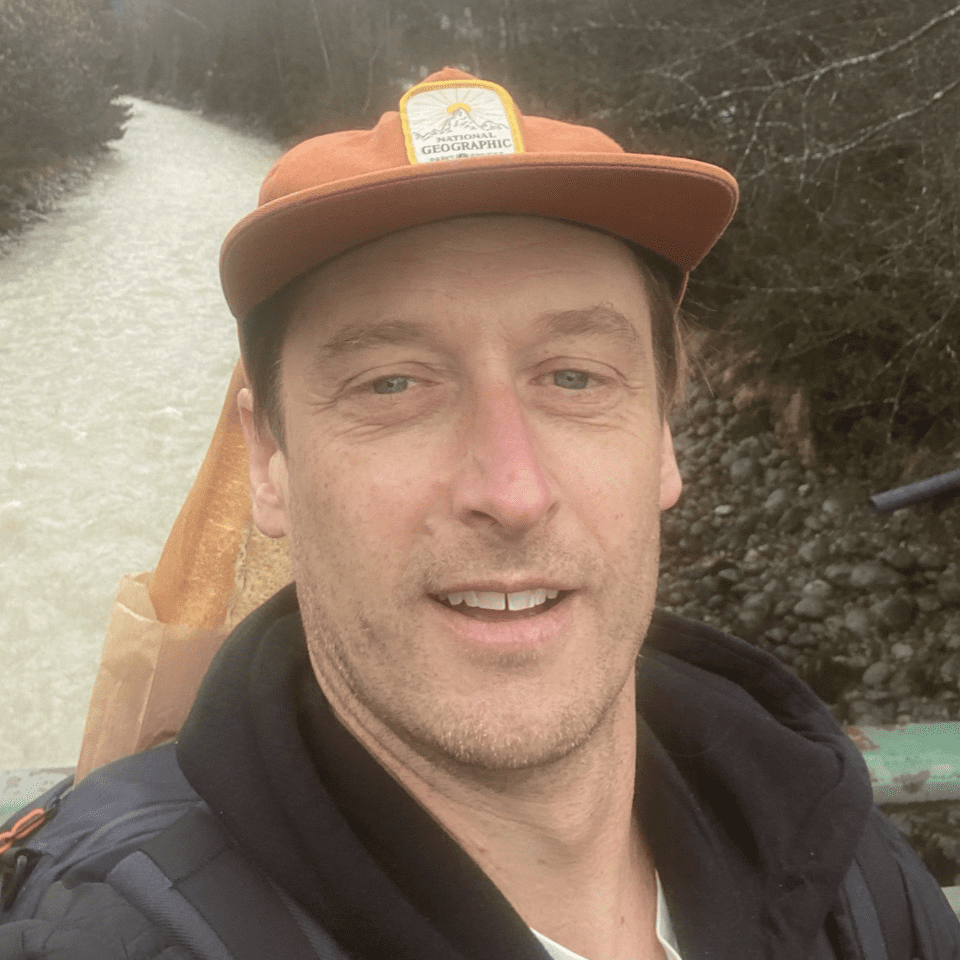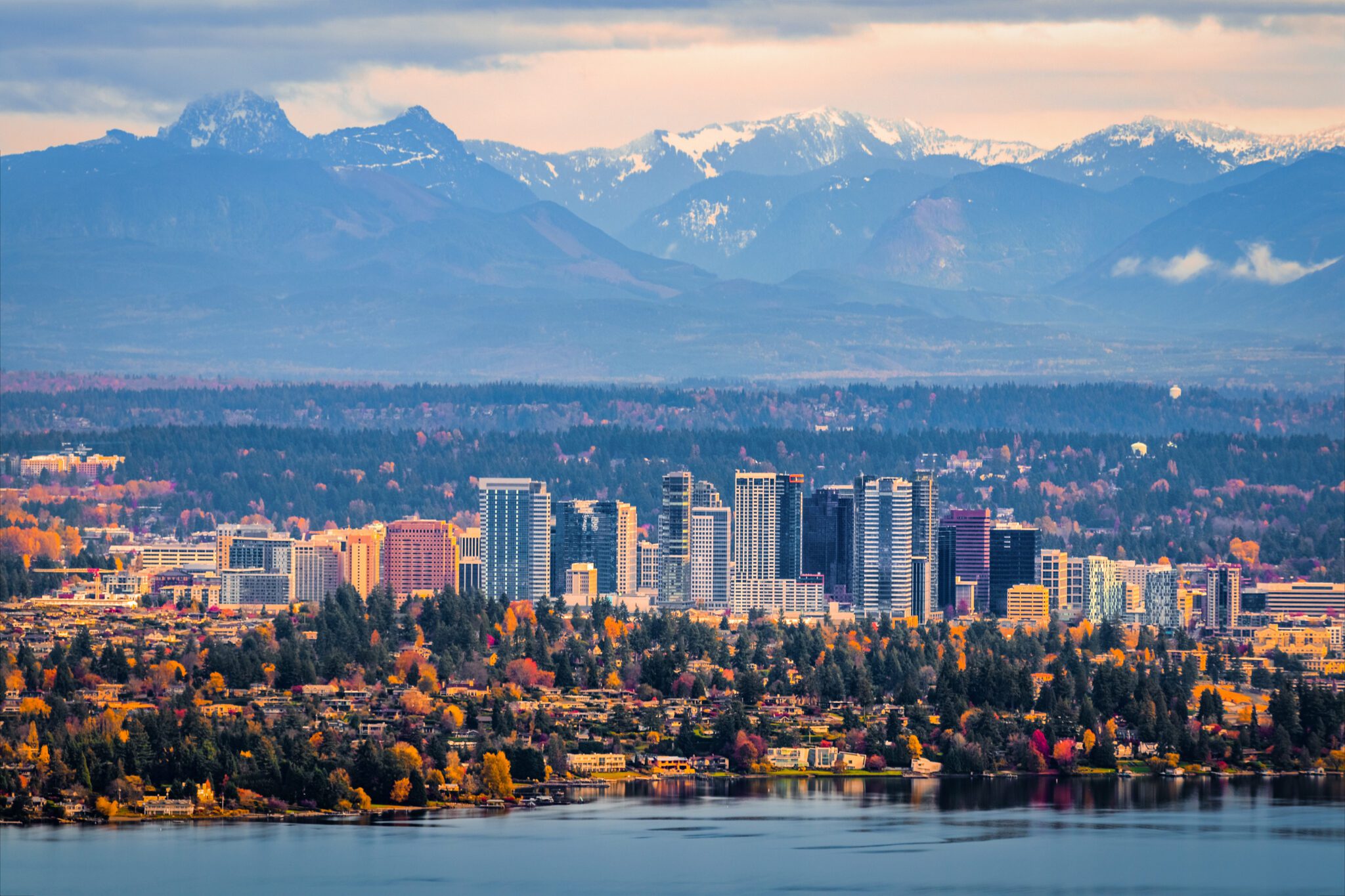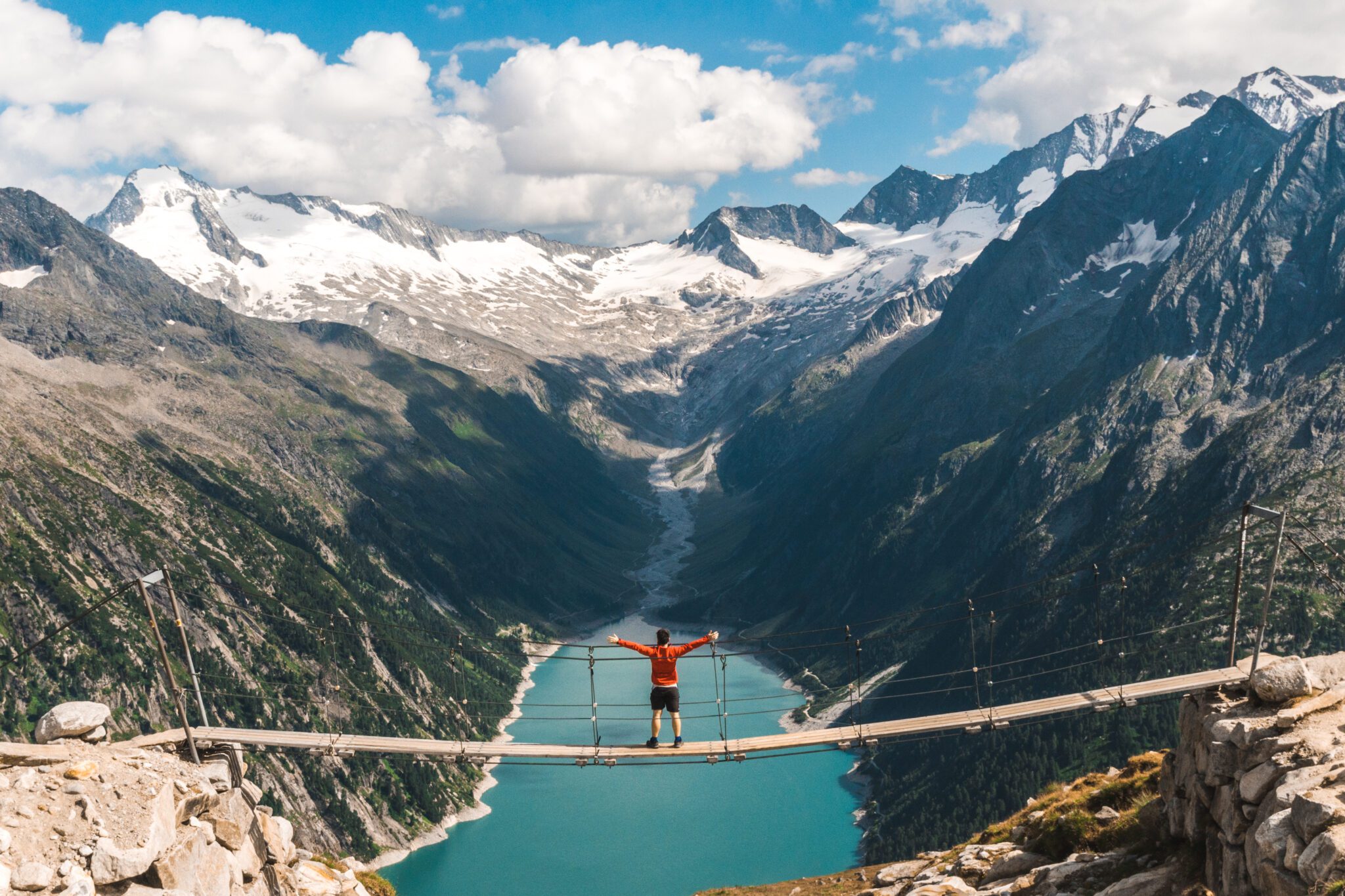Picture this: a path where every step forward leads toward a sustainable future. That’s the trail the outdoor industry is blazing—one where the outdoor experience is protected, and our products resonate with purpose.
Continue readingBlack History Month: Celebrating Black Leaders in the Outdoors
Welcome Damien Huang, CEO of Cotopaxi, to the OIA Board
New EPA Reporting Rule to Require 12 Years of PFAS Data from Manufacturers and Importers
By James Pollack, OIA Clean Chemistry and Materials Coalition Legislative Advisor, Attorney at Marten Law
In October 2023, EPA finalized a rule that will require reporting on PFAS in all articles manufactured or imported into the United States from January 1, 2011 to December 31, 2022. You can view the rule here.
The final rule, adopted under the Toxic Substances Control Act, establishes this one-time reporting requirement. Manufacturers and importers of any articles containing PFAS must investigate and certify to EPA the amount of PFAS that they have manufactured or imported into the United States during the reporting period. The specific content of the report for each year will include the following information:
1). Chemical information such as:
a). Chemical identity of the PFAS in the article (the specific chemical name, if known, or otherwise a generic name or description of the PFAS if the specific chemical name is confidential business information or unknown)
b). Chemical identification number
c). Trade name or common name, if applicable, of the chemical
d). Representative molecular structure for any PFAS not in Class 1 of the Toxics Release Inventory
2). Import production volume of the imported article (in units or weight)
3). Industrial processing and use of the article, if any
4). Consumer and commercial use of the article, if any (e.g., product category, functional use of category, maximum PFAS concentration in product, whether children are intended users)
The above information reflects a more streamlined form available to article importers. Domestic manufacturers have a more detailed reporting obligation.
Who is covered under the new PFAS Reporting Rule?
The PFAS Reporting Rule covers nearly all importers and manufacturers. It only offers a narrow set of exemptions for products like pesticides, food, drugs, cosmetics, medical devices, as well as municipal waste importers. Otherwise, reporting is required.
How hard do you have to work to collect this information?
The due diligence standard for collecting information is “to the extent it is known or reasonable ascertainable.” That includes “all information in a person’s possession or control, plus all information that a reasonable person similarly situated might be expected to possess, control, or know.” Manufacturers and importers may also make reasonable estimates based on other information in their possession. EPA has issued several guidance documents further elaborating the standard.
What can I do about it?
Build a team with the knowledge and skills necessary to engage in this search. Appoint a team leader who can coordinate the search. Include a cross-section of business functions that may have knowledge of where to find relevant information—that may include product designers, supply chain relationship managers, marketers, and IT department members. Bring in outside expertise, including legal support, to help engage in this record search as well as to support in the documentation of the search. Make a comprehensive search plan, and document the search and conclusions in case that information is needed in the future.
What if my suppliers have the information?
It may be the case that your brand does not know the chemical content of your product, even if you know (or suspect) that the product contains PFAS. This can particularly be true for article importers, or those who work with specialized chemical suppliers that use proprietary chemistries. The PFAS Reporting Rule provides an entirely new process for joint reporting where a reporter can identify a relevant supplier that would be better positioned to provide EPA with information on the chemical content of the relevant product. Depending on the results of your due diligence efforts, joint submission may be the best path forward to provide responsive information to the agency.
Will my reported information be made public?
EPA plans to make portions of the information public so that state and federal agencies may set priorities for regulation and to help consumers avoid specific products. Whether or not EPA makes records public on its own, submissions may become subject to public records requests. EPA expects that the PFAS data it collects could potentially be used by the public, including consumers wishing to know more about the products they purchase, communities with environmental justice concerns, and government agencies to take appropriate steps to reduce potential risk. As a result, your brand may consider whether to submit a confidential business information (CBI) claim to protect submitted information.
What is the timeline for complying with this rule?
Overall, about 18 months. The submission period opens on November 12, 2024, with the general submission deadline on May 8,2025. Certain small manufacturers and importers will receive an additional six months to comply.
How can OIA support me?
We at OIA are committed to supporting members as they engage in this reporting process. OIA will keep its membership up to date on any developments and is looking to develop a guide to help brands understand their reporting obligations. Look out for that guide in the coming months.
Need support keeping up with chemical reporting rules and evolving sustainability legislation? Join OIA’s Clean Chemistry and Materials Coalition to access advice from legislative and chemicals experts along with a community of other outdoor brands, manufacturers, suppliers, and retailers working to eliminate and replace harmful chemicals from their supply chains.
About James Pollack
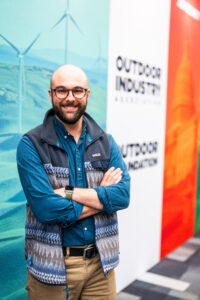 James Pollack is an attorney at Marten Law based in Seattle, WA, whose practice focuses on consumer product regulatory compliance, emerging contaminants, and environmental review. James leads the firm’s consumer products regulatory practice and helps consumer product manufacturers in a wide array of industries that are working to understand the complicated and shifting regulatory and litigation environments surrounding emerging contaminants. He has extensive knowledge on PFAS regulatory compliance at the federal and state level. James’s clients include textile and apparel manufacturers, outdoor recreational product manufacturers, food product manufacturers, and retailers. He also works with industry associations to update membership on regulatory developments.
James Pollack is an attorney at Marten Law based in Seattle, WA, whose practice focuses on consumer product regulatory compliance, emerging contaminants, and environmental review. James leads the firm’s consumer products regulatory practice and helps consumer product manufacturers in a wide array of industries that are working to understand the complicated and shifting regulatory and litigation environments surrounding emerging contaminants. He has extensive knowledge on PFAS regulatory compliance at the federal and state level. James’s clients include textile and apparel manufacturers, outdoor recreational product manufacturers, food product manufacturers, and retailers. He also works with industry associations to update membership on regulatory developments.
Read more from James on PFAS:
PFAS PHASE-OUT: 5 KEY STEPS FOR YOUR OUTDOOR BRAND
Can Orange Juice Claim to be Green?
PFAS in Consumer Products are Targeted by State Regulators and Class Action Plaintiffs
What Is in EPA’s Billion Dollar PFAS Reporting Rule?
California Bans PFAS in Apparel, Textiles, Cosmetics
Washington is Latest State to Ban PFAS in Consumer Products
Regulation of PFAS in Consumer Products
Together We Were a Force for the Outdoor Industry in 2023
In 2023, Outdoor Industry Association (OIA) and the outdoor community experienced a transformative journey marked by change and growth. With fresh faces on board and a revamped OIA member portal, innovation became our driving force, fueled by the unwavering support of members and fellow outdoor enthusiasts like you. Together, we catalyzed meaningful change across every focus area of OIA, from market research and sustainability to government affairs and inclusive participation.
We launched a new program, Clean Chemistry and Materials Coalition, to help our members phase out and eliminate harmful chemistry in outdoor products, and our Climate Action Corps continues to grow in helping members reduce greenhouse gas emissions in line with science
We shared 20 research reports delivering expert perspectives and industry-leading data on participation trends, market intelligence, and consumer insights.
Our virtual education series, featuring 12 webinars, covered topics from sustainable product development to effective outdoor advocacy at state and federal levels.
We stood strong in advocating for our industry, with members testifying before the House Ways and Means Committee to champion international trade priorities.
Through the Outdoor Foundation‘s Thrive Outside initiative, we grew the impact of this nationwide network, expanding outdoor access for 390,000 diverse youth. But our innovation doesn’t stop here.
We have four product launches on the horizon for 2024 to help our members continue to move the needle for business, people, and the planet.
Together, we are catalysts for sustainable growth, collective action, insights, and inclusion. Together, we are catalysts for meaningful change. Thanks for treading the path with us.
Sincerely,
OIA President Kent Ebersole
2023 Thrive Outside Days
Thanks to Thrive Outside community leaders, partners, and participants, our 2023 Thrive Outside Day events were an overwhelming success! Read and see below how a few of the 13 Thrive Outside Communities across the country created an array of new opportunities for children, youth, and their families to enjoy the outdoors – helping to build new connections and encourage year-round outdoor experiences.
Oklahoma City
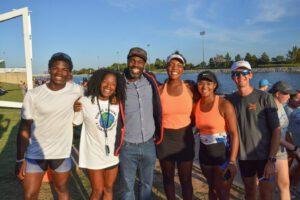
At the Oklahoma City Thrive Outside Day, youth kayakers representing the Boys and Girls Club of Oklahoma County and the Oklahoma City Indian Clinic demonstrated their kayaking skills in front of 3,800 attendees cheering from the banks of the Oklahoma River. The weekend of fun included A Most Beautiful Thing Inclusion Fund (AMBTIF) award ceremony, with AMBTIF founder Arshay Cooper and Olympians welcoming and inspiring 55 youth to embrace the healing power of watersports. Youth rowers representing six middle schools then rowed in their first race with over 4,000 spectators in attendance.
St. Louis
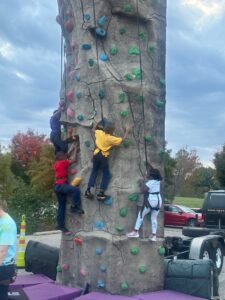
“This is what community looks like” – Thrive Outside Day Participant
In St. Louis, River City Outdoors, O’Fallon Park YMCA, The Boys and Girls Club of Greater St. Louis, and Cherokee Recreation Center all partnered to offer activities for Thrive Outside Day. Over 150 participants were able to enjoy a mobile climbing wall, a community BBQ, and a giveaway of River City Outdoor swag.
Detroit
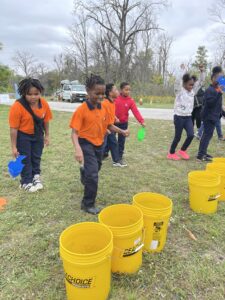
With support from Wilderness Inquiry, over 300 Detroit students and community members had the opportunity to paddle in canoes on the inland lakes of Belle Isle Park and engage in land-based environmental education activities with other partner organizations and agencies. The Canoemobile
visit marked the beginning of Detroit’s Thrive Outside Days, a month-long embrace of making time to go outside and connect with nature and one another.
The team also curated and promoted a weekly list of ways to get outside and thrive all through October with other members of the local network. Detroit’s Thrive Outside Days culminated with a Mountain Bike Ramble event at Rouge Park in Detroit, where the students of the Hamtramck High Schools Outdoor Adventure Club spent the day riding the trails.
Grand Rapids
“Thrive Outside Day in Grand Rapids was a chance to celebrate our community, give away some free gear and swag, and invite folks to come and get familiar with our Gear Library.” – Sam Truby, Gear Library Supervisor
The Grand Rapids team observed that while lending equipment and clothing on a temporary basis is a great way to make outdoor activities possible for children, youth, and families who need it, “giving someone gear to keep creates a sense of excitement that a temporary item does not. This event showed that gear giveaways could be a potential ongoing activity at the gear library, as it gives winners a sense of ownership of the activities they do outside.”
New Analysis Reveals Strength of the Outdoor Economy
Today, the U.S. Bureau of Economic Analysis (BEA) released new data showcasing the tremendous impact of outdoor recreation on America’s economy. In 2022, the BEA found that outdoor recreation accounted for $1.1 trillion in gross economic output, 2.2% of gross domestic product (GDP), and supported 5 million jobs across the United States.
“It comes as no surprise that outdoor recreation and the outdoor economy continue to demonstrate outstanding growth, which also supports the historic trends in outdoor participation we have seen in recent years,” said OIA President Kent Ebersole. “The outdoor recreation participant base grew for the eighth consecutive year to a record 168.1 million participants, and new participants are increasingly diverse and looking to businesses to lead on sustainability, equity, and conservation. This new data demonstrates the strength of the outdoor recreation industry and our collective power to drive sustainable economic growth while protecting – and growing access to – the benefits of the outdoors for everyone.”
BEA launched its outdoor recreation economy project in 2017 to “deepen the public’s understanding of the economic impact of outdoor recreation, inform decision making, and improve governance and long-term management of public lands and waters.”
Explore the power of the outdoor recreation economy through our interactive map, which now lists state-level participation data alongside jobs, wages, and total economic value.
Meet the New and Returning OIA Board Members
Catalyzing Communities to Get More Youth Outside
Q&A with Cha Cha Sawyer, Coalition Coordinator for King County Play Equity Coalition
The Outdoor Foundation’s Thrive Outside Initiative is a national network of partners working to create a more inclusive and accessible outdoor experience for all. In this Impact Stories series, we talk to local Thrive Outside leaders to learn more about their community and their vision for the future.
Seattle may be within striking distance of some of the nation’s most prized backcountry playgrounds, and yet access to those areas is still a major challenge for many families in the area. The King County Play Equity Coalition is made up of over 100 organizations that are working to address those barriers. With the support of the Thrive Outside Initiative, they’re currently building an Outdoor Recreation Action Team to support their members in collaborating to achieve shared goals.
We asked Cha Cha Sawyer, the organization’s coalition coordinator, what challenges Seattle faces in making the outdoors more equitable, and how separate organizations from seemingly disparate fields can work together to solve larger societal issues.
What are the barriers to outdoor access in Seattle that you’re working to address?
The lack of access to transportation is a really big barrier for a lot of our communities to get access to the greater outdoors. It’s not only access to Pacific Northwest mountains, trails, camping, and hiking. The issues are even locally-based, in urban settings, as well.
Most people who live in Seattle are considered to be within walking distance from their local park, but most people aren’t going to their local parks these days. There’s a sense that those places aren’t safe, especially for youth. Parents don’t want their children going there, even with an adult present, and it can be challenging to find transportation to places where they do feel safe. Homelessness has increased since COVID and urban parks tend to be where unhoused people may feel safer to stay. So, a lot of families in those neighborhoods don’t feel safe going to those parks.
The lack of transportation networks, and access to the networks that do exist, is also a problem, particularly in the southern region of Seattle. And finally, play fields, facilities, and parks where kids can recreate and play are often underfunded, so they’re not physically safe to play on.
Transportation is also a problem for everyone, even those who do have cars—some trailheads just get so overwhelmed that you might not be able to hike when you get there because there’s no space for your car.
What’s happening in Seattle to address those transportation issues?
We’re working to facilitate or provide transportation where possible, while also working on increasing access to public transit. Some individual organizations have been able to raise funding to buy their own vans, like Outdoors for All, which provides adaptive programming for youth with disabilities. The City of Seattle Department of Transportation is also working on a new transit plan. They’re gathering information from community members to see how they can be more accommodating for access to the outdoors and for kids to access sports and programming in the Puget Sound area. Part of our outdoor recreation action team is to get some of these parks departments together to see how we can better serve those organizations.
What outcomes are you striving for during the Thrive Outside campaign?
First, we’re convening an outdoor recreation action team that will meet regularly and be representative of the youth population we intend to focus on and serve. A lot of our action team is really about shared learning. They’ll build a peer-to-peer learning community that will foster connection and collaboration between community members. We’re also identifying collective actions so the team can increase outdoor participation of historically underserved youth, and sustain and enhance that work for the future.
How do you define the “outdoors?”
When I think about the outdoors, I think about the indigenous perspective of what land means and what taking care of the land means. Being outdoors isn’t just doing something active for yourself, but it also can mean how you’re caring for the land that you’re on, and how you learn about the land. How do you have a relationship with the land? I think a great way to be outdoors is through community gardens and food cultivation, and learning how the land gives to you and how you can give it back to the land. I think “outdoors” just means being outside.
How are you working with existing organizations?
Part of our value in being community-centered is not recreating the wheel. We know there are a lot of people on the ground, grassroots and community-based organizations who are doing a lot of really great work in the outdoor space. And they’ve been doing it, it’s not new. For us to be able to convene these members in an action team, it isn’t for the purpose of identifying a new solution, or creating a new action item for all these organizations. It’s to enhance their work.
We are serving a base of about 115 organizational members, so we’re always asking how we can enhance their partnerships and collaboration. From 2020 to 2021, we reserved some of our funding to create a mini collaboration program in which members could find another organization they wanted to work with, and apply together for up to $10,000 to support a two-year timeline of planning and implementation. One result was a collaboration between Evergreen Mountain Biking Alliance, YETI (Youth Experiential Training Institute), and the King County Department of Public Defense. They came together to serve a community that they might not have historically served before. Together, they increased access to bikes, biking instruction, and access to outdoor trails for youth in the foster care system.
What are you most excited about right now?
Honestly, it’s the launch of this action team. I run another action team, the Youth Action Team, and that’s how we involve youth in the shared work that we do. It’s been great to see how we can empower youth as leaders in this work that mostly adults run and control. I’m really excited for the Outdoor Recreation Action Team because I think there’s such a conundrum on what “outdoors” means, and what the definition is. I love those kinds of tough—but very progressive—conversations.
I’m excited to see how people will come in this room and talk about “outdoors” and “outside,” and to see who’s attending and get a cross-sector network together. Yes, we have all these parks departments, outdoor recreation, and national education-based programs coming in. It’s a very big necessity that we involve organizations that don’t do that work, but that serve youth in other ways. If we really are trying to increase access for youth to the outdoors, it’s not just about youth already in these programs. It’s also about how we can get youth in social services-based programs to also be connected so they can start getting exposure and experience, and maintain long-term access to parks, forests, and trails.
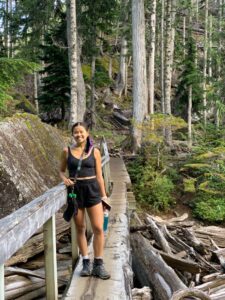
PFAS Phase-Out: 5 Key Steps for Your Outdoor Brand
By James Pollack, OIA Clean Chemistry and Materials Coalition Legislative Advisor, Attorney at Marten Law
Start your brand’s journey to eliminating per- and polyfluoroalkyl substances (PFAS), also known as Forever Chemicals.
You have probably started hearing a lot about PFAS, a large, complex group of synthetic chemicals found in various everyday consumer products like water-resistant clothing and cookware. A combination of regulatory requirements and consumer demand has created growing pressure on sectors worldwide to achieve PFAS elimination. States have proposed hundreds of potential laws and regulations targeting PFAS in a variety of consumer products. Many of these laws will impact outdoor brands that have used PFAS for durability as well as water and stain resistance. Intimidated? Don’t be. Together, we can replace existing products with more sustainable alternatives to provide customers with products that are just as reliable and durable.
1). Assemble your PFAS team
First and foremost, you have to build a dedicated team to effectively tackle PFAS phase-out. For the most comprehensive and holistic approach, I recommend bringing together a diverse group with a multiplicity of perspectives and expertise. While a chemicals expert may understand what needs to change about your product’s material composition, a designer will have insight into how materials fit into the product, marketing will help articulate why and how your outdoor brand is evolving its product, and sales will have to communicate the transition to buyers and consumers alike. Once you have a team assembled, appoint a champion who will take ownership of the initiative and lead it to fruition.
2). Understand the timeline for PFAS legislation
As PFAS chemicals are generally a state legislative issue for the time being, your brand will have to navigate different states with different deadlines for phase-out and elimination. For example, California’s ban on PFAS in textile articles goes into effect January 1, 2025, Vermont’s ban on all PFAS in food packaging, ski wax, and after-market fabric treatments goes into effect on July 1, 2024, and Minnesota’s ban on the sale of cookware, fabric treatments, juvenile products, ski wax, and food packaging with intentionally added PFAS goes into effect on January 25, 2025.
Once you have a grasp on the state regulations that apply to your product categories, it is important to align your product development cycle with upcoming regulatory deadlines.
Pro Tip: CCMC members have access to a constantly updated Regulatory Tracker to ensure members are aware of new and evolving deadlines around PFAS and other harmful chemicals.
3). Work with your suppliers on a PFAS phase-out plan
After aligning your product development cycle with your state’s regulatory timeline, you should work to communicate key deadlines with your suppliers. There’s a good chance that your suppliers are addressing similar requests from other brands and distributors, so leverage their expertise. Ask them about the alternatives to PFAS they’ve been using and the options that exist for sustainable material evolution.
4). Draw on expertise within the outdoor industry
The outdoor industry has a long history of working together to catalyze broader change and drive innovation. As catalysts, we know that we go farther, and faster, when we work together. In addition to your suppliers, you can leverage the expertise of lawyers, labs, consultants, and other outdoor brands to crystalize your PFAS phase-out strategy.
OIA’s Clean Chemistry and Materials Coalition is designed to support retailers, brands, manufacturers, and distributors in a way that is unique to their PFAS phase-out stage. We provide our members with scalable action plans for eliminating and replacing harmful chemicals and materials, delivering supply chain transparency, addressing recycling and emissions disclosures, and more. CCMC members also gain access to a community network of other brands working on the same challenges, and technical and legislative advisors (like myself) who are here to offer support. For more insight into how CCMC can support your brand, watch our introductory webinar.
5). Design and implement your ongoing PFAS and chemical compliance efforts
The last step, of course, is execution. Now that you have a team, a timeline, and a supportive community of peers and experts, it is time to begin the process of altering your products and supply chain to ensure they are compliant with a variety of state sustainability regulations. This may include steps like testing your product’s material composition, obtaining appropriate certifications, and implementing a restricted substance list. It is important to ensure that all your outdoor brand’s products meet regulatory requirements, so I recommend establishing inventory management practices to track different products’ PFAS phase-out life stages.
The path towards PFAS elimination is not linear–nor easy–but if we take one step at a time and work together, we can be catalysts for sustainable growth. If you’re looking for more robust support and a community to lean on, join me and the Clean Chemistry and Materials Coalition.
About James Pollack
 James Pollack is an attorney at Marten Law based in Seattle, WA, whose practice focuses on consumer product regulatory compliance, emerging contaminants, and environmental review. James leads the firm’s consumer products regulatory practice and helps consumer product manufacturers in a wide array of industries that are working to understand the complicated and shifting regulatory and litigation environments surrounding emerging contaminants. He has extensive knowledge on PFAS regulatory compliance at the federal and state level. James’s clients include textile and apparel manufacturers, outdoor recreational product manufacturers, food product manufacturers, and retailers. He also works with industry associations to update membership on regulatory developments.
James Pollack is an attorney at Marten Law based in Seattle, WA, whose practice focuses on consumer product regulatory compliance, emerging contaminants, and environmental review. James leads the firm’s consumer products regulatory practice and helps consumer product manufacturers in a wide array of industries that are working to understand the complicated and shifting regulatory and litigation environments surrounding emerging contaminants. He has extensive knowledge on PFAS regulatory compliance at the federal and state level. James’s clients include textile and apparel manufacturers, outdoor recreational product manufacturers, food product manufacturers, and retailers. He also works with industry associations to update membership on regulatory developments.
Read more from James on PFAS:
Can Orange Juice Claim to be Green?
PFAS in Consumer Products are Targeted by State Regulators and Class Action Plaintiffs
What Is in EPA’s Billion Dollar PFAS Reporting Rule?
California Bans PFAS in Apparel, Textiles, Cosmetics




